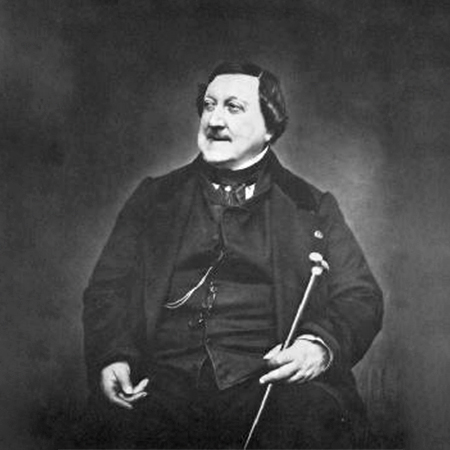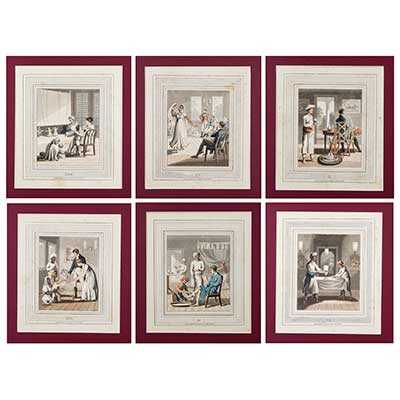Artists Profile

Charles D’Oyly
(1781 – 1845)To relieve the boredom associated with colonial life D’Oyly sketched incessantly and took an active interest in the arts. He produced landscapes, scenes of Indian life, portraits, and caricatures, primarily in watercolour, and also wrote satirical verse. His work was influenced by the painter George Chinnery. A unique feature of his illustrations is the representation of relations between colonials and Indians. Unlike other artists of the period, D’Oyly was not afraid to depict drunkenness and debauchery in his illustrations. His published work, which was invariably heavily illustrated, encompassed a variety of subject matter, from natural history to social satire, and was occasionally written in verse. During his time in Dacca, he painted a wide variety of pictures, especially the Mughal ruins which he published in a folio-size book with fifteen engravings entitled Antiquities of Dacca in 1814.
In Patna, D’Oyly was at the centre of a flourishing artistic circle made up of both British and Indian artists. British artists in India, including D’Oyly, Chinnery and Webb Smith, exposed local native artists to landscapes, natural history and portraiture. On the other hand, native techniques and a local touch imbued the British paintings with an identifiable Anglo-Indian character; a blend of Indian and European traditions that ultimately became known as Company painting.
